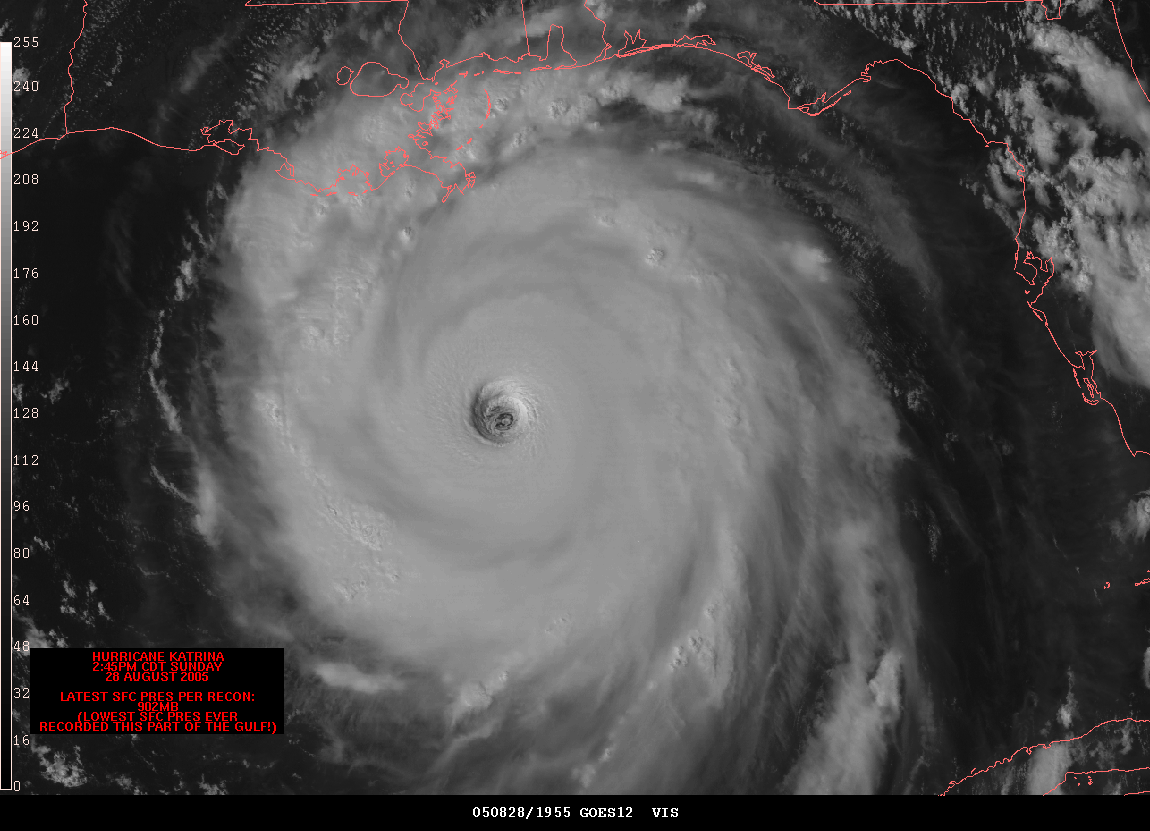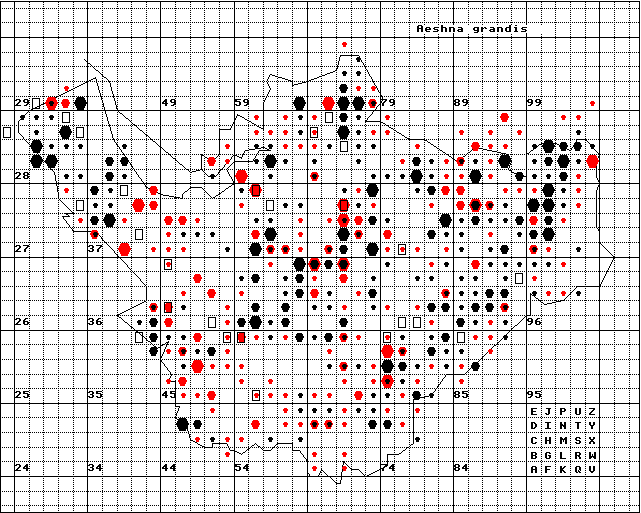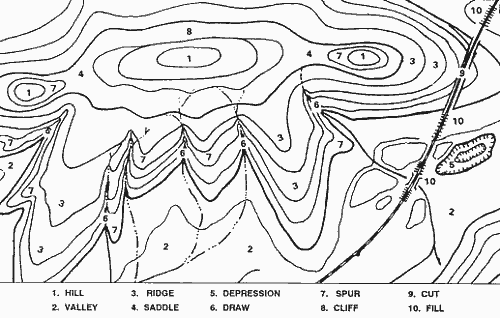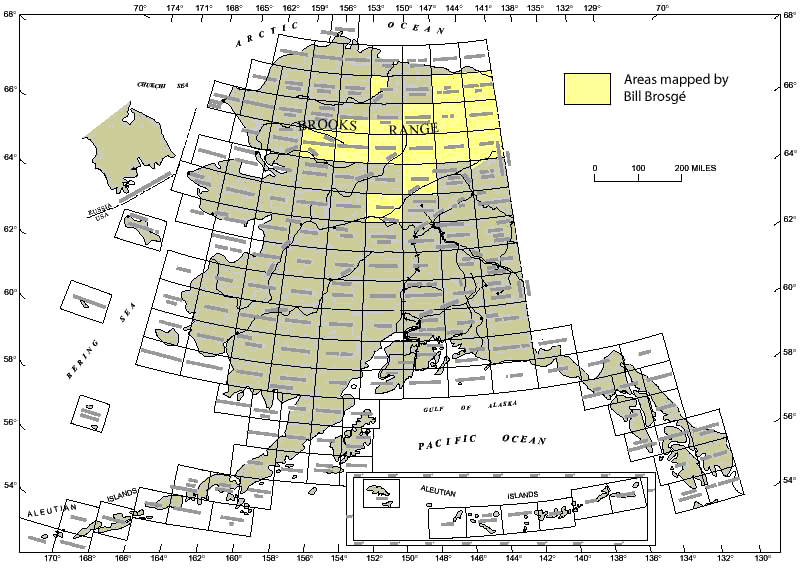
This star plot allows you to look at information on different makes and models of vehicles made in 1979. As shown in the first plot (AMC Concord), there are nine different variables for this plot.


 http://www.denvergov.org/Portals/335/images/SOPA_bur02.jpg
http://www.denvergov.org/Portals/335/images/SOPA_bur02.jpg http://indiemaps.com/images/isolineFinished.png
http://indiemaps.com/images/isolineFinished.png




